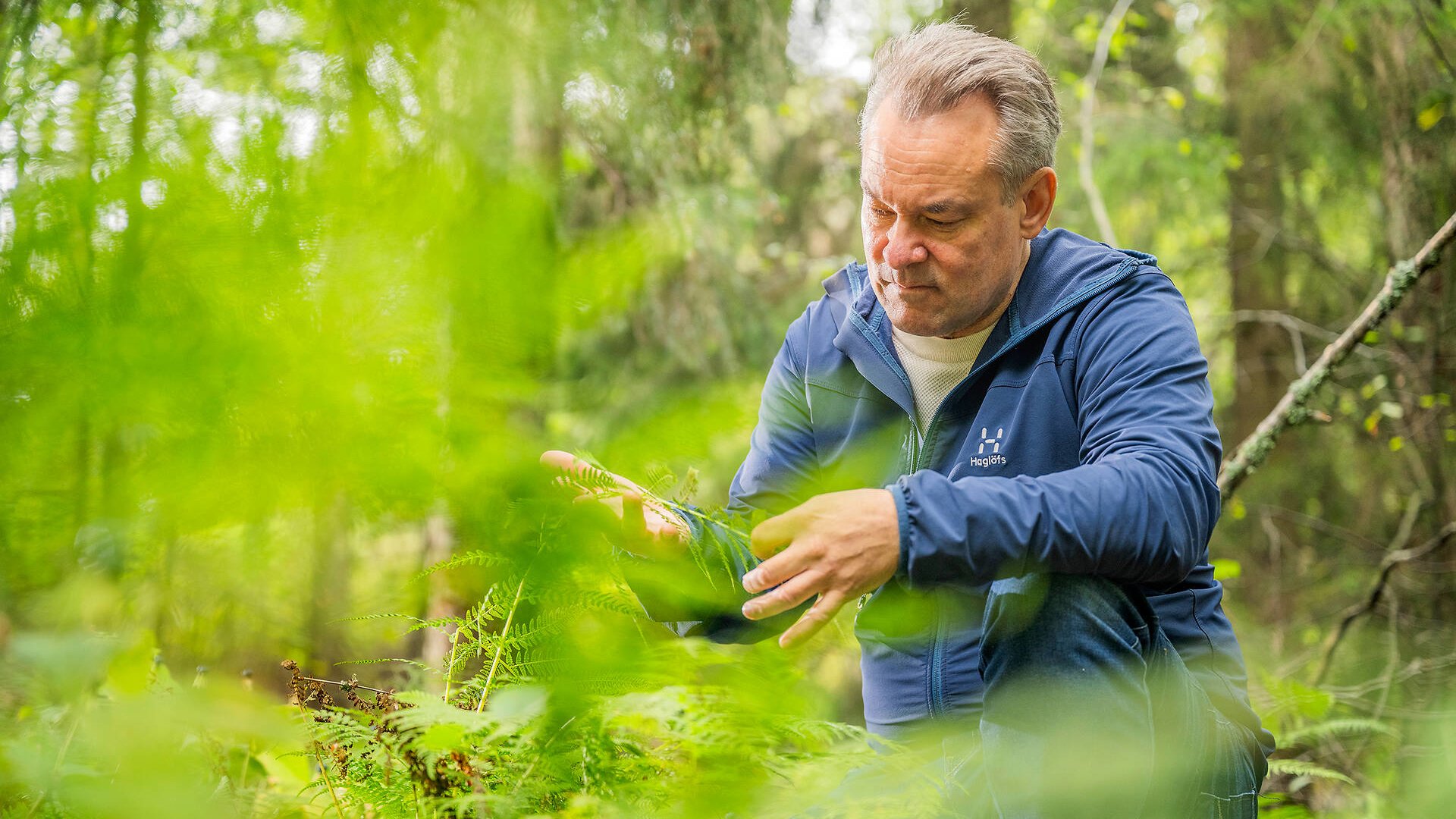The principles aim to strengthen the state of nature – merely safeguarding the present state is not enough. Economic growth must no longer weaken the state of nature.
Compared to previous approaches, regenerative forestry includes three new elements, says Timo Lehesvirta, Metsä Group’s leading nature expert, using a metaphor to clarify what he means.
“We are not reinventing the wheel but checking the tyres.”
First, in regenerative forestry, measurements and studies are used to demonstrate that the state of forest nature is improving. While similar measures have been adopted since the 1990s, including the establishment of forest certification systems, the measures’ impacts have not been verified.
“We are now setting targets that will be measured,” Lehesvirta says.






